Manufactured Techniques for Architectural Colors and Textures
Trends in Color and Texture
A few macro-level changes are influencing some of these parameters, too. For example, “In an age of globalization, there is an increasing need for rarity, individualism, and uniqueness in the selection of materials that make up our interior spaces and environments,” says Hans Mutzke, design director for Lamin-Art, based in Schaumburg, Illinois. For this reason, architects and designers seek out decorative surface materials “that translate into lasting impressions,” he adds.
Among those effects are sensory experiences including tactility, which was shown to be an innate desire of primates in a controversial 1958 experiment by American psychologist Harry Harlow. His seminal study proved that infant rhesus monkeys preferred a cloth-covered surrogate over a similar surrogate without cloth—even when she was holding a bottle of milk.
In architectural interiors, users may select soft surfaces and texture in ways that glass and steel or concrete do not always afford. “In this way, dimensionality in surface treatment is a new material selection criterion,” says Lamin-Art's Mutzke. “That's why premium wood printed laminates, which have a tactile and optical finish that may be described as having haptic properties, interact with light and our movement around a surface.” An early example of the use of the term haptic—defined generally as the process of recognizing objects through touch—was in the book Body, Memory, and Architecture by Charles Moore and Kent Bloomer, two architects, educators, and authors. More recently, the Finnish architect Juhani Pallasmaa has argued the case for a “haptic, sensuous architecture.”
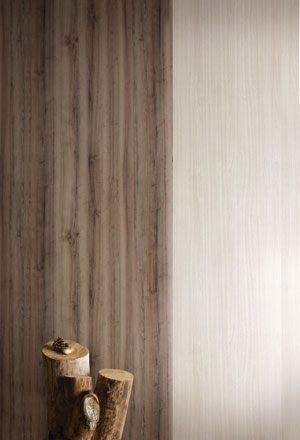 |
Dimensionality in surface treatment, as with these wood-print laminates, brings a tactile and optical finish that has haptic properties. Photo courtesy of Lamin-Art |
The integral nature of color and texture in building materials is also influencing design approaches in fashion, interior design, and architecture. Many of the companies that provide annual forecasts of color trending have also begun advising on “texture trends” for the coming year. This new mode has been evinced by Leatrice Eiseman, executive director of the Pantone Color Institute, who expects “earthy textures” to predominate in 2013 along with primarily blue and green hues.
As Koolhaas suggests, texture on interior and exterior surfaces can be inherent to materiality and linked to color, as with a natural stone finish, or it can exist independently of those, as with a more sculptural, moldable material such as a stucco or exterior insulation and finish system (EIFS). “Many architects think stucco is stucco, but there are a broad range of techniques for using EIFS and stucco indoors and outdoors,” says Heidi Larsen, a product and brand manager with Parex USA. “We can achieve textures from ultra-smooth to highly abrasive while conforming to a variety of surface shapes.” As an example, she points to the Encounter Restaurant at Los Angeles International Airport, with its super-smooth, white parabolic arches.
This contrasts with the use of an intentionally textured surface such as a grainy wood veneer or a simulated stone surface made of cast masonry. The latter is a stone-like panel for use in both interior and exterior applications, ranging dramatically in color and surface quality, says Brent Spann, vice president of marketing and product development for Eldorado Stone. “Colored stones, such as the irregular, rustic rubbles with more depth and vibrant hues, have been common for a number of years,” Spann says. “But today we're seeing more modern stones, which tend toward a more monochromatic palette and may have a more linear quality, like a stacked stone.”
In contrast to interior surfaces—which traditionally have been smooth and are now trending toward more grain, pattern, shape, and texture—today experts see exterior surfaces that once were highly textured now moving in the other direction, toward a more sleek, monolithic look, says Jamie Makuuchi, a Parex USA marketing executive with 25 years of experience in building materials. “What's trending now are surfaces with as few joints as possible, such as large panels or smooth troweled finishes that can follow any surface shapes, corners, or curves and remain more seamless than a panelized or mullioned system.”
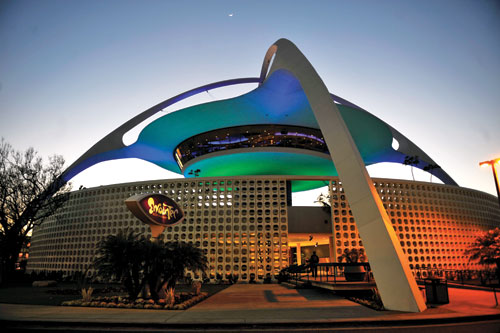 |
To update Pereira & Luckman’s 1961 Encounter Restaurant at Los Angeles International Airport, the renovation clad the signature parabolic arches in a super-smooth, white EIFS. Photo courtesy of Parex USA |
Notice
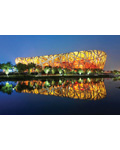
www.laminart.com
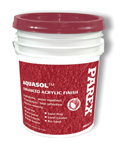
www.parex.com
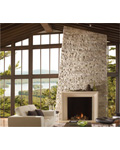
www.eldoradostone.com









